Are you curious about ancient civilizations and archaeological finds? Here are the archaeology museums you must see in Baden-Württemberg:
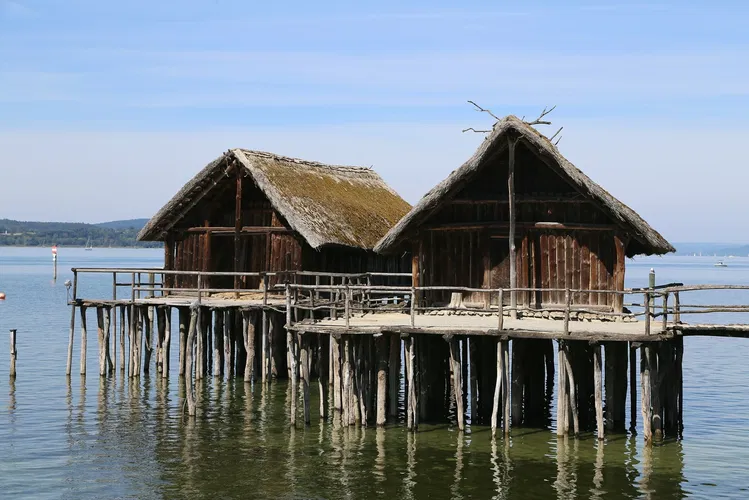
Pfahlbaumuseum Unteruhldingen
Uhldingen-MühlhofenThe Pfahlbauten Museum, located in the village of Unteruhldingen in the municipality of Uhldingen-Mühlhofen, is an open-air museum that showcases archaeological finds and reconstructions of stilt houses. The museum began in 1922 with the construction of the first two stilt houses and has since grown to include 23 wooden stilt houses. These houses are built on and slightly off the shore, connected by wooden plank walkways.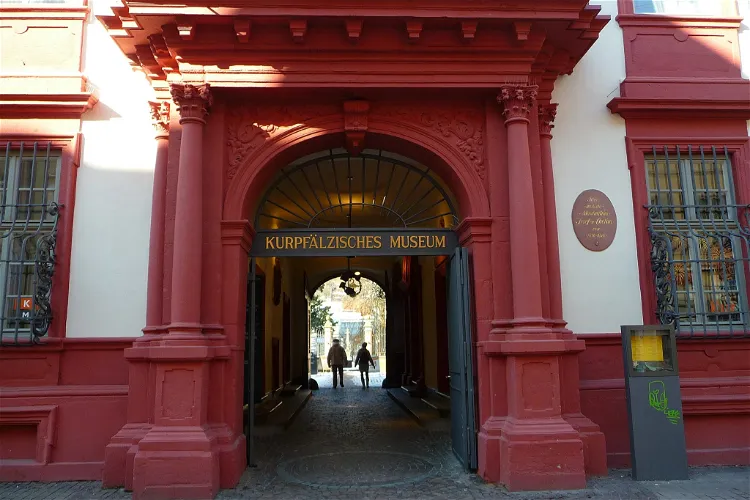
Palatinate Museum
HeidelbergThe Palatinate Museum, also known as the Kurpfälzisches Museum, is a renowned museum of art and archaeology situated in Heidelberg, Germany. The museum is housed in the historic Palais Morass, adding to its charm and appeal.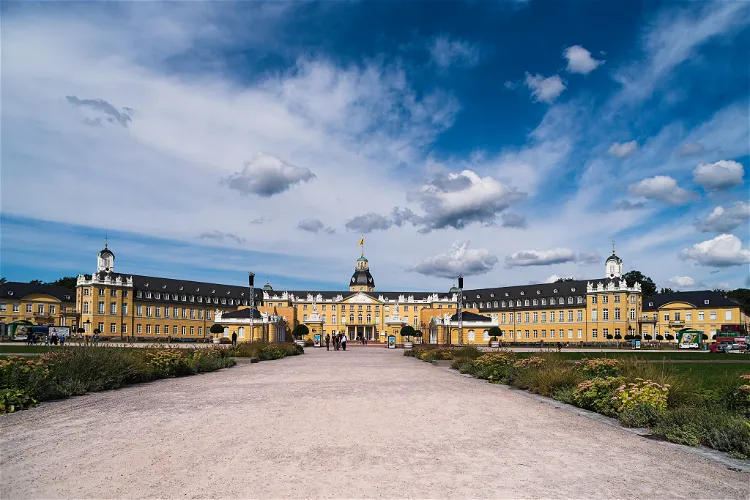
State Museum of Baden
KarlsruheThe Badisches Landesmuseum, or the Baden State Museum, is a significant historical and artistic institution in Baden-Wurttemberg. Established in 1919, the museum has been housed within the castle in Karlsruhe since 1921. This location adds a unique historical charm to the museum, making it a fascinating destination for tourists interested in history, art, and architecture.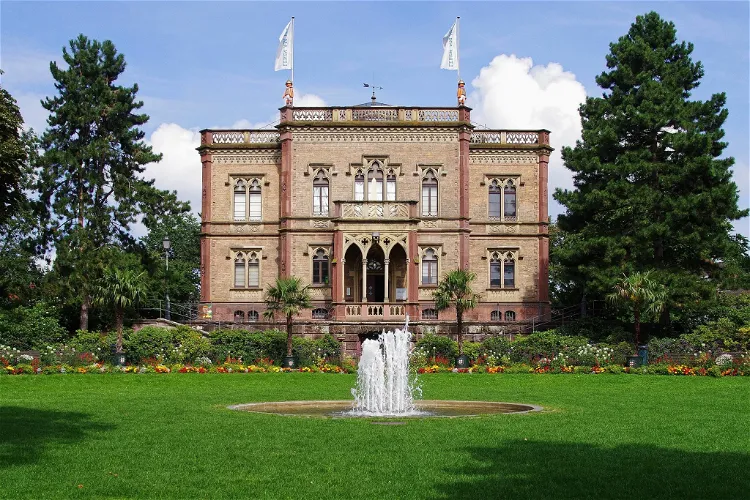
Colombischlössle Archeological Museum
Freiburg im BreisgauThe Colombischlössle Archeological Museum is situated in the neo-Gothic villa Colombischlössle in Freiburg im Breisgau. This location adds a unique architectural charm to the museum, enhancing the overall visitor experience. The villa itself is a sight to behold, with its intricate design and historical significance.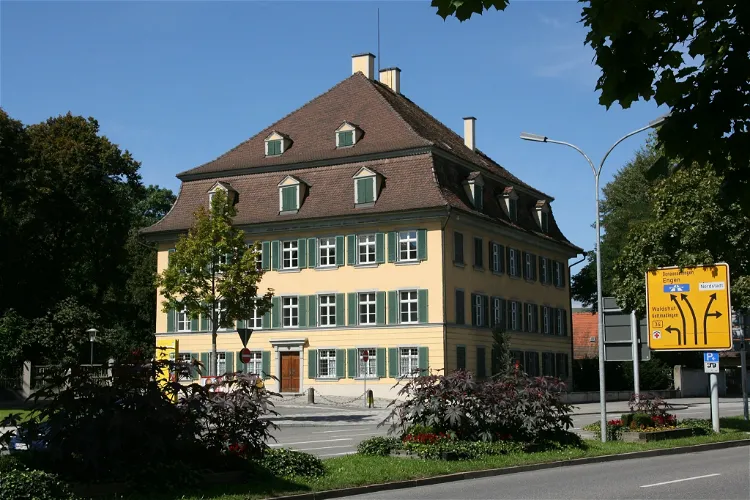
Archäologisches Hegau-Museum
Singen (Hohentwiel)The Oberes Schloss Singen, also known as Schloss Singen or Enzenbergsches Schloss, is a significant historical site located in the city of Singen. It is situated in close proximity to the town hall, in the district of Konstanz in Baden-Württemberg. This castle offers a glimpse into the rich history and architectural grandeur of the region.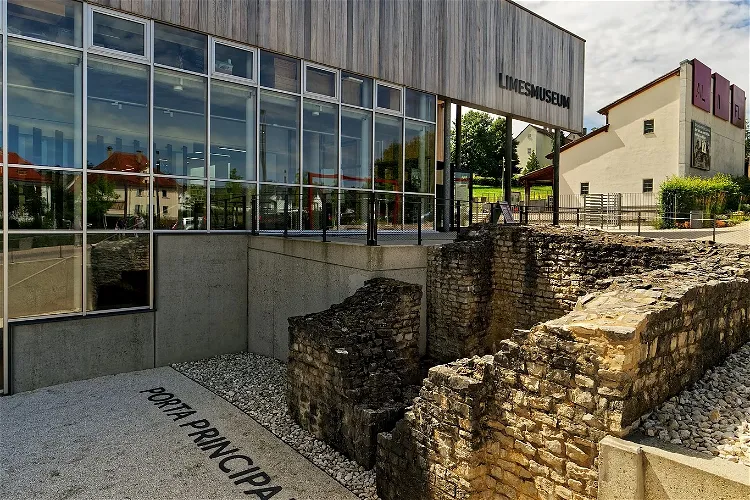
Limes Museum
AalenThe Limesmuseum Aalen is an archaeological museum that is operated by the city of Aalen. It is also a branch museum of the Archaeological State Museum of Baden-Württemberg and serves as one of the information centers for the UNESCO World Heritage Site "Upper Germanic-Rhaetian Limes". The museum is located on the site of the largest Roman cavalry fort north of the Alps, providing a unique insight into the history and culture of the region.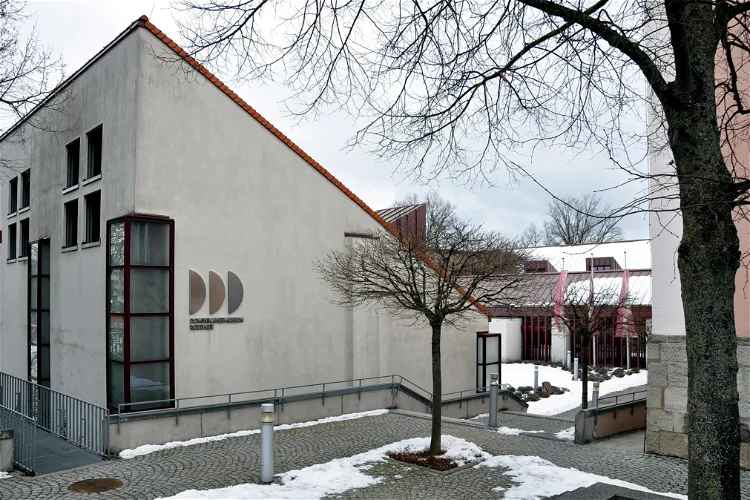
Dominican Museum Rottweil
RottweilThe Dominican Museum Rottweil, situated in the city of Rottweil, is a branch of the Landesmuseum Württemberg. It also falls under the jurisdiction of the Archäologisches Landesmuseum Baden-Württemberg. This connection to two significant institutions enhances the museum's credibility and ensures a high standard of exhibits.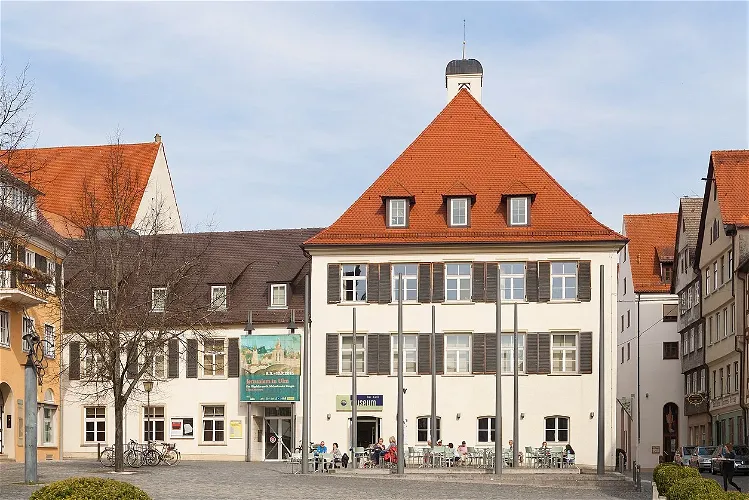
Museum Ulm
UlmThe Museum Ulm, established in 1924, is a renowned institution in Ulm, Germany, dedicated to art, archaeology, and urban and cultural history. The museum offers a comprehensive insight into the rich history and culture of the region, making it a significant destination for those interested in these fields.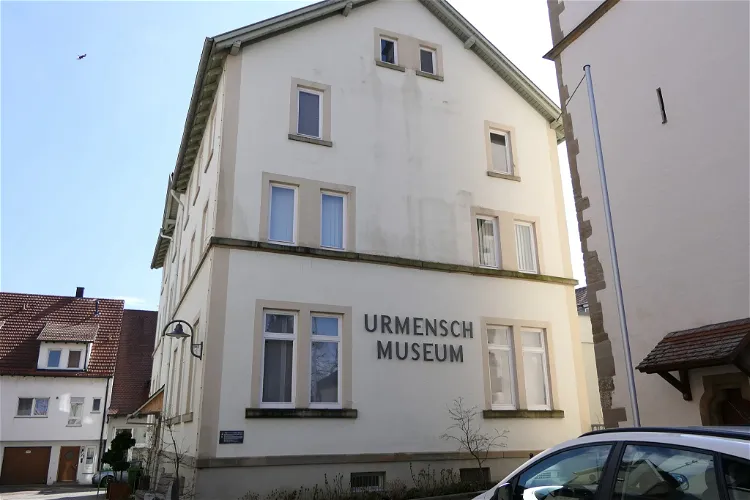
Urmensch-Museum
Steinheim an der MurrThe main exhibit of the Urmensch-Museum is a replica of the Homo steinheimensis skull. This skull was discovered in 1933 in Steinheim and is estimated to be about 400,000 years old. It provides a fascinating insight into the life of early humans.
Römermuseum Osterburken
OsterburkenThe Römermuseum Osterburken is a branch of the Archaeological State Museum of Baden-Württemberg, located in Osterburken. It serves as one of the supra-regional information centers for the UNESCO World Heritage Upper Germanic-Rhaetian Limes in the state of Baden-Württemberg. This makes it a significant location for those interested in archaeology and history, particularly of the Roman era.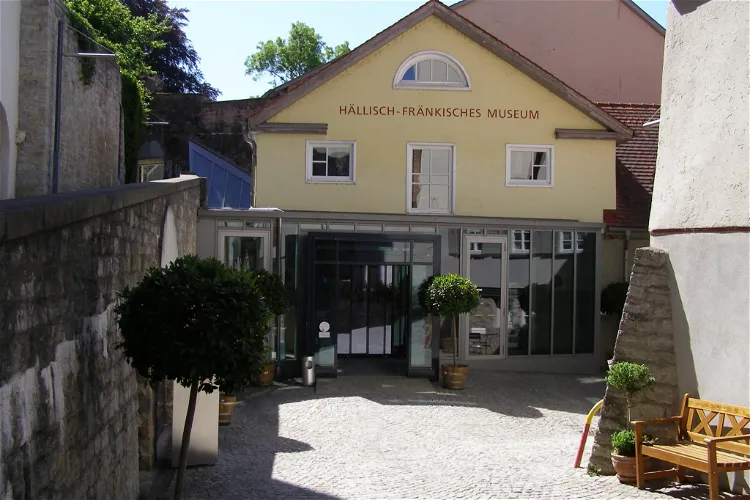
Hällisch-Fränkisches Museum
Schwäbisch HallThe Hällisch-Fränkische Museum (HFM) is a cultural and historical museum situated in the heart of Schwäbisch Hall. It offers a comprehensive insight into the history, art, and culture of the former imperial city of Hall and its surroundings. The museum spans over 3000 m² of exhibition space, making it a significant cultural destination in the region.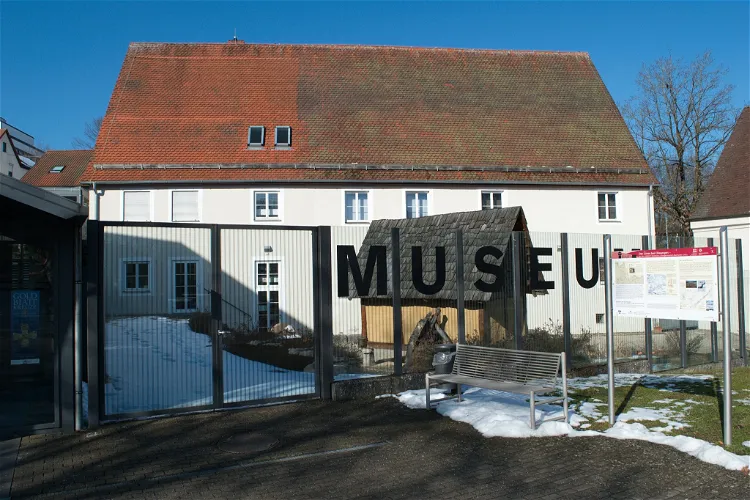
Alamannenmuseum Ellwangen
Ellwangen (Jagst)The Alamannenmuseum Ellwangen, which was inaugurated in 2001, offers a comprehensive insight into 500 years of Alamannic history from the early Middle Ages. The museum's collection includes archaeological finds from all over southern Germany, providing a vivid overview of the region's past. This makes it an interesting destination for those interested in history and archaeology.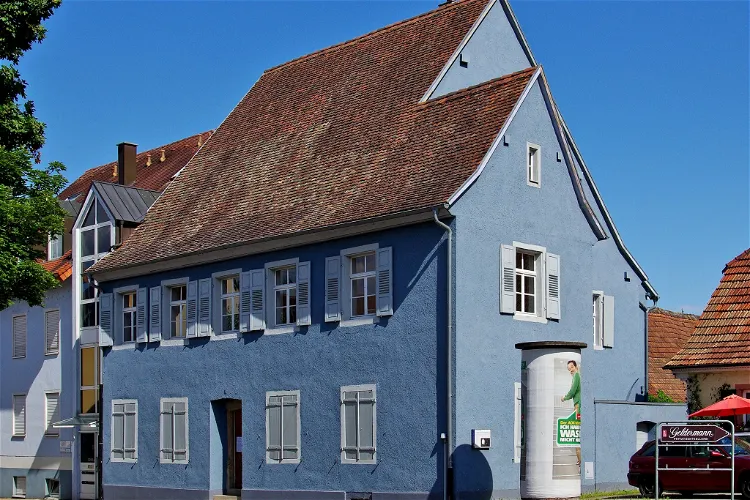
Blaues Haus Breisach
Breisach am RheinThe Blue House in Breisach am Rhein, known as 'Das Blaue Haus', is a significant site for those interested in Jewish history. Since 2003, it has served as a memorial and educational center dedicated to the history of Jews in the Upper Rhine region. Visitors can learn about the Jewish community's rich history and heritage in this region, making it a valuable destination for those seeking to understand the area's cultural and historical context.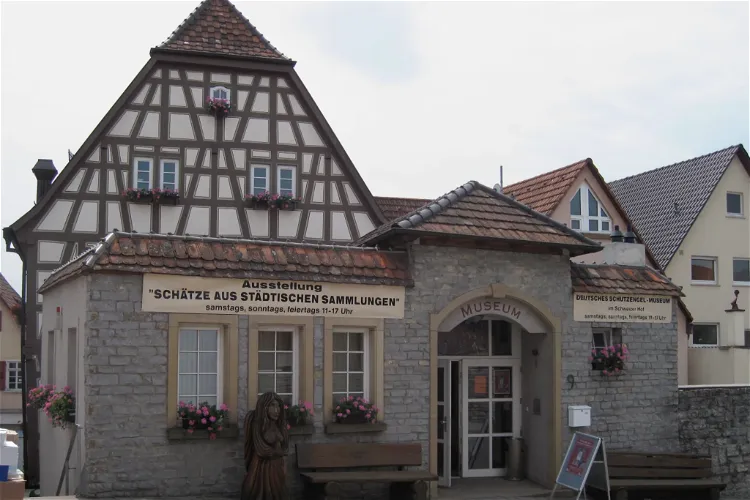
Museum im Schweizer Hof
BrettenThe Museum im Schweizer Hof, situated in Bretten, Baden-Württemberg, was inaugurated in June 2002. It is housed in a half-timbered building, the 'Schweizer Hof', which is a typical example of the architecture of Bretten's reconstruction period after the great city fire of 1689. The museum is under municipal ownership and offers a glimpse into the city's rich history.
Schmuckmuseum
PforzheimThe Schmuckmuseum Pforzheim, located in Germany, is a unique museum that specializes in the display of jewelry and watches. This museum offers a unique opportunity for visitors to explore the intricate world of jewelry and timepieces, showcasing a wide range of pieces from different periods and cultures.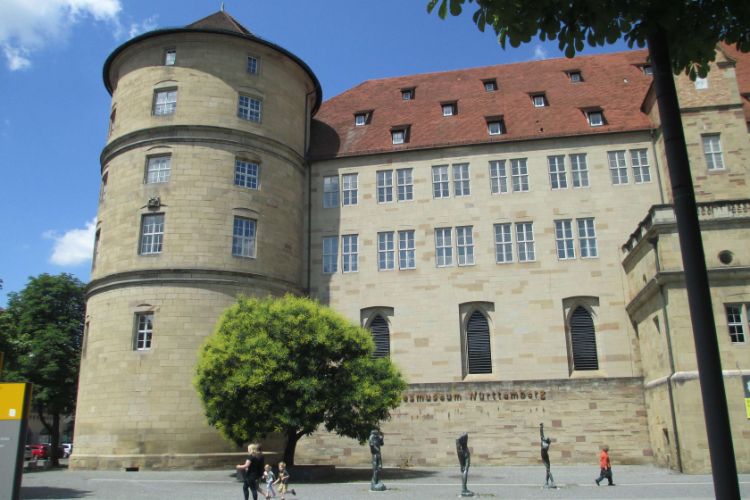
Wurttemberg State Museum in Old Castle
StuttgartThe Landesmuseum Württemberg (Württemberg State Museum) in Stuttgart was founded in 1862 by Wilhelm I. König von Württemberg. Its origin dates back to the 16th century. Back in the Kunstkammer, the dukes collected everything that was rare, precious and unusual. The museum's mission is to depict Germ
Hohenzollerisches Landesmuseum
HechingenThe Hohenzollerische Landesmuseum, located in Hechingen in the Zollernalbkreis in Baden-Württemberg, Germany, is a museum dedicated to cultural, art, and regional history. It provides a comprehensive overview of the history and art history of the County of Hohenzollern, the Principalities of Hohenzollern-Hechingen and Hohenzollern-Sigmaringen, and the Prussian Province of Hohenzollern.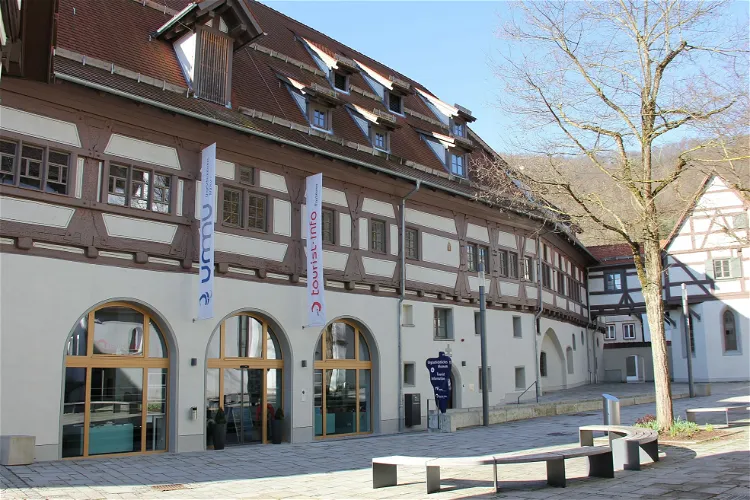
Urgeschichtliches Museum
BlaubeurenThe Urgeschichtliche Museum (URMU) in Blaubeuren, Germany, is a specialized museum focusing on artifacts, musical instruments, and everyday objects from Paleolithic hunter-gatherers. This museum provides a unique opportunity for visitors to delve into the lives of early humans, exploring their tools, art, and daily objects. The museum's collection offers a comprehensive view of the Paleolithic era, making it a fascinating destination for history enthusiasts and curious tourists alike.
Rosgartenmuseum
ConstanceThe Rosgartenmuseum, located in Constance, Baden-Württemberg, is a museum dedicated to the art, culture, and history of the city and the Lake Constance region. Established in 1870 by Ludwig Leiner, a pharmacist and city council member from Constance, the museum is one of the oldest of its kind in the region. It offers a rich collection of historical artifacts and artworks that tell the story of the city and the region.
Museum Biberach
Biberach an der RißThe Museum Biberach, located in Biberach an der Riss in Upper Swabia, is a multi-faceted institution with various sections. It offers a comprehensive exploration of different fields, making it a diverse and enriching destination for tourists.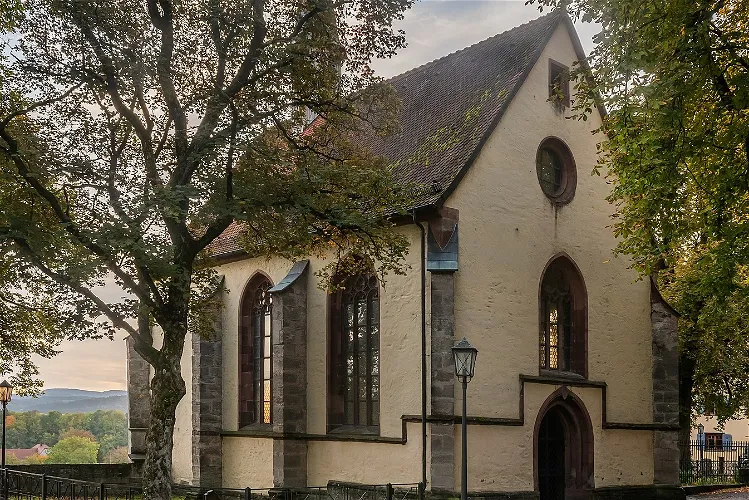
Kunstsammlung Lorenzkapelle Rottweil
RottweilThe Lorenzkapelle, located in Rottweil, Baden-Württemberg, is recognized as a protected cultural monument. This status signifies its historical and cultural significance, making it a point of interest for those who appreciate history and architecture.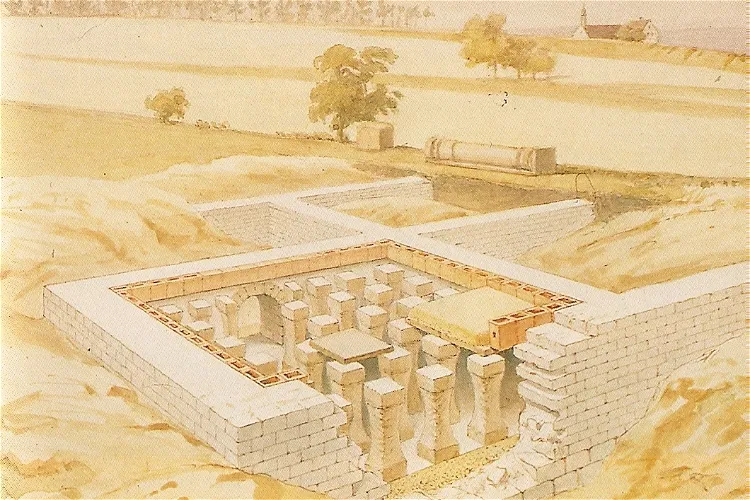
Römisches Stadtmuseum Sumelocenna
Rottenburg am NeckarThe Sumelocenna Museum, also known as the Roman City Museum, is an archaeological museum located in Rottenburg am Neckar, in the Tübingen district. This museum provides a unique opportunity to delve into the history of the region, offering a glimpse into the everyday life of the provincial Roman population in ancient Sumelocenna, now known as Rottenburg.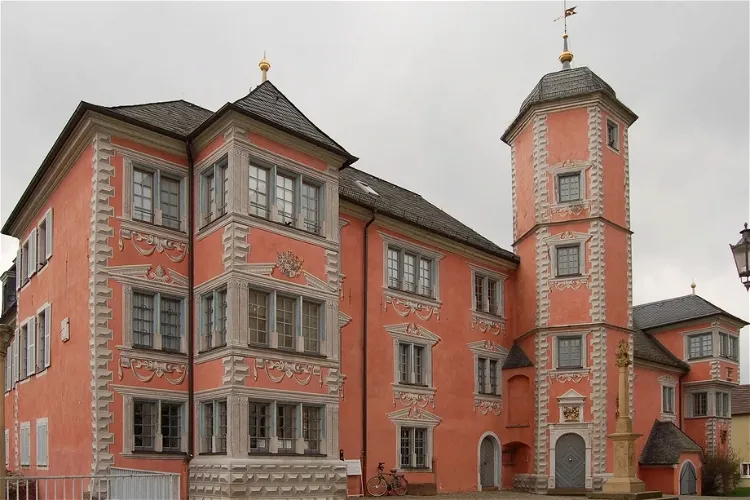
Lobdengau-Museum
LadenburgThe Lobdengau-Museum is situated in the town of Ladenburg, within the Rhein-Neckar-Kreis district. The museum is housed in the former Bishop's Palace, which was once the residence of the Prince-Bishops of Worms. This historical setting adds a unique charm to the museum, making it an interesting destination for tourists interested in history and architecture.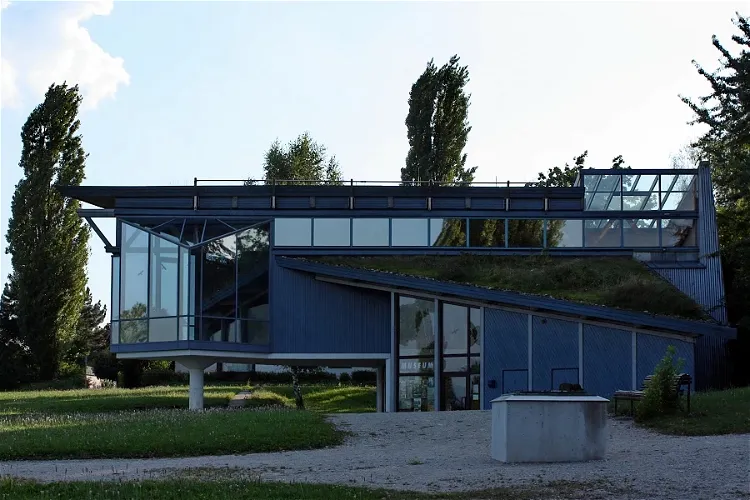
Museum Köngen
KöngenThe Roman Museum with Archaeological Park Köngen is an archaeological museum located in Köngen, in the district of Esslingen, Baden-Württemberg. It features an attached open-air facility, providing a unique blend of indoor and outdoor exhibits.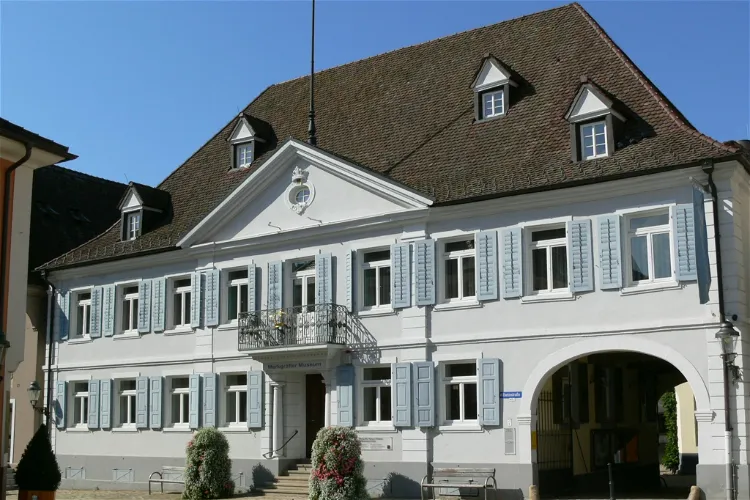
Markgräfler Museum Müllheim
Müllheim im MarkgräflerlandThe Markgräfler Museum is a regional museum located in Müllheim in the Markgräflerland, a city within the district of Breisgau-Hochschwarzwald in Baden-Württemberg, Germany. It is the largest museum between Freiburg im Breisgau and the agglomeration of Basel Lörrach in the tri-border area. The museum has two locations: the Blankenhorn Palace and the Frick Mill.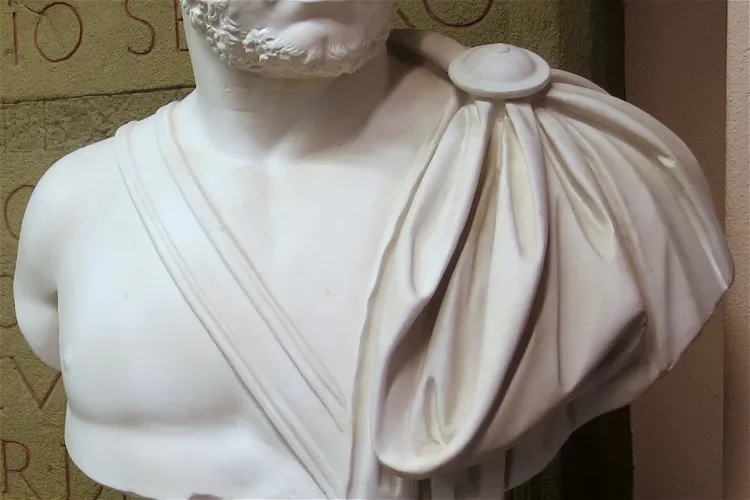
Carl-Schweizer-Museum
MurrhardtThe Carl-Schweizer-Museum is the result of the collecting passion of four generations of the Schweizer family of taxidermists. They have been based in Murrhardt for over 100 years and have created a private museum that is important for the entire region of the Swabian-Franconian Forest Mountains and the Rems-Murr district in the northeast of Stuttgart.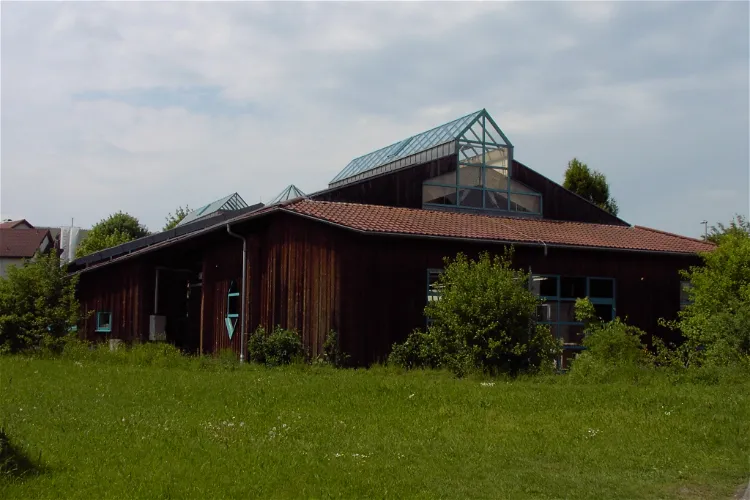
Römerhaus Walheim
WalheimThe museum is home to the fully preserved foundations of a Roman strip house. This building is considered the best-preserved of its type north of the Alps. Visitors can explore the foundations and learn about the architectural techniques used in Roman times.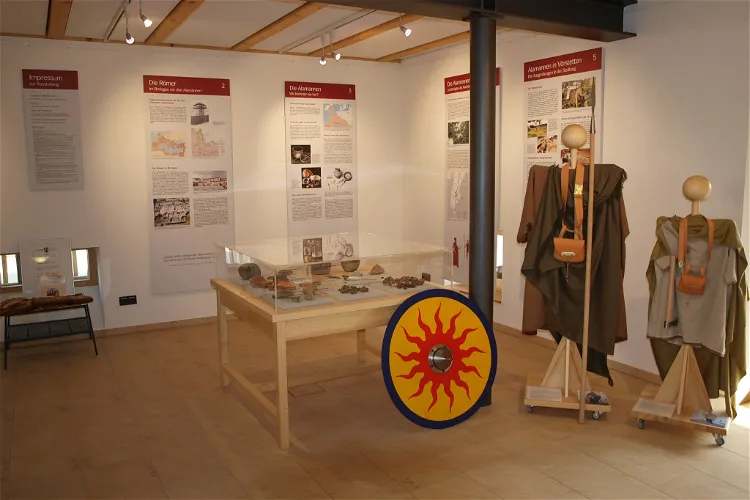
Alamannen-Museum Vörstetten
VörstettenThe Alamannen-Museum Vörstetten is an archaeological museum situated in the municipality of Vörstetten, within the Emmendingen district of Baden-Württemberg. This museum provides a unique opportunity for visitors to delve into the rich archaeological history of the region.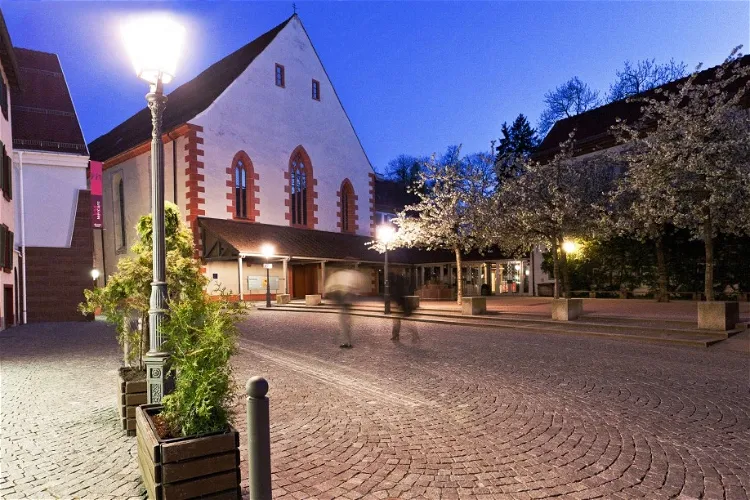
Franziskanermuseum
Villingen-SchwenningenThe Franziskanermuseum, situated in the former Franciscan monastery in Villingen-Schwenningen, is a cultural-historical museum. It offers a comprehensive insight into the city's history from its beginnings to the present day. Additionally, it provides a deep dive into the folklore of the Black Forest and the Celtic princely tomb Magdalenenberg. This museum is a great place for tourists interested in history, culture, and folklore.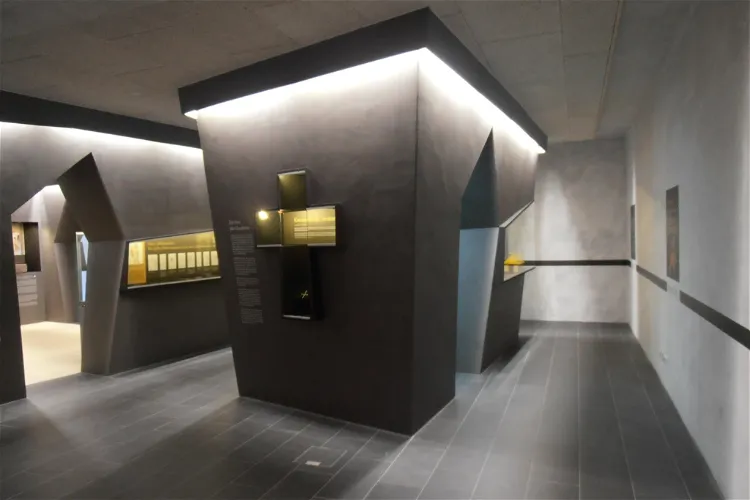
Roman Museum Remchingen
RemchingenThe Roman Museum Remchingen, situated in Remchingen, Germany, is a significant historical site that was established by Jeff Klotz. This museum offers a unique opportunity to explore the remnants of a Roman-era house, including its walls, which were discovered during a construction project in 2007. The museum was officially opened in 2009 and has since become a notable destination for those interested in Roman history.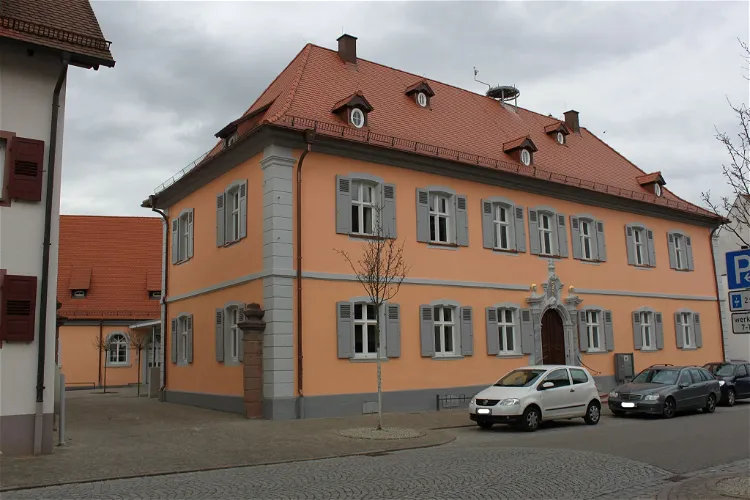
Museum Riegel
RiegelMuseum Riegel is situated in the municipality of Riegel am Kaiserstuhl. This location is easily accessible and offers a unique cultural experience for visitors interested in history and technology.
Heimat- und Uhrenmuseum
Villingen-SchwenningenThe Heimat- und Uhrenmuseum Schwenningen, part of the Municipal Museums Villingen-Schwenningen, is a repository of the local and cultural history of Schwenningen and its surroundings. This museum provides a comprehensive insight into the region's past, making it a valuable destination for those interested in history and culture.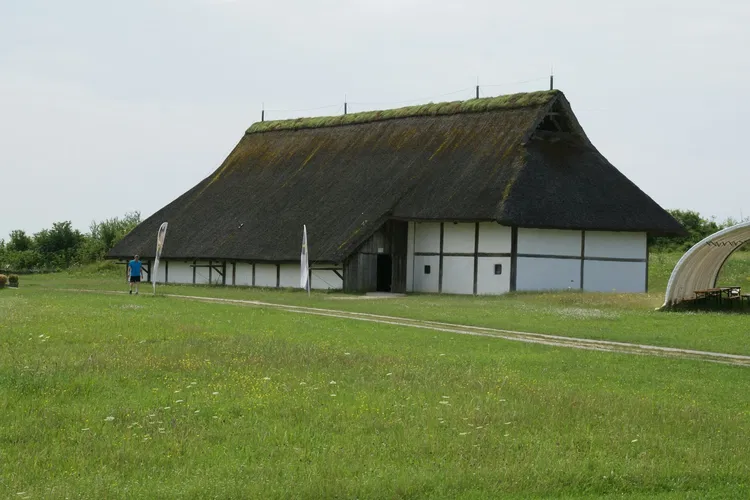
Heuneburg
HundersingenHeuneburg, often referred to as "the first city north of the Alps", was a Celtic city. This historical significance of the city provides a unique insight into the life and culture of the Celts, making it an interesting destination for tourists interested in history and archaeology.
Roman Open-Air Museum
HechingenThe site of the Roman Open-Air Museum Hechingen Stein was discovered in 1972. Subsequent excavations from 1978 to 1981 unveiled the remnants of a large Roman villa rustica. This villa included residential and economic buildings, all enclosed within a wall. This discovery provides a unique insight into the architectural and societal structures of the Roman era.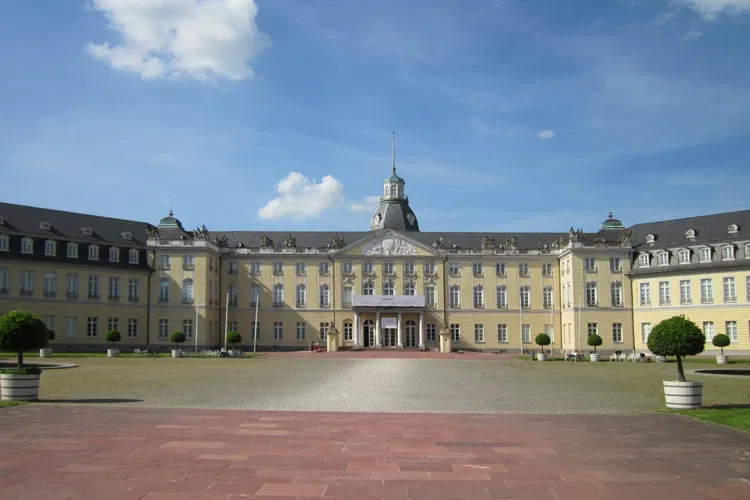
Badisches Landesmuseum
Staufen im BreisgauThe Badisches Landesmuseum, also known as the Baden Regional Museum, is a significant historical and artistic institution in Baden-Württemberg. Established in 1919, the museum is situated within the castle in Karlsruhe, which has been its home since 1921. This museum offers a unique opportunity to delve into the rich history and art of the region.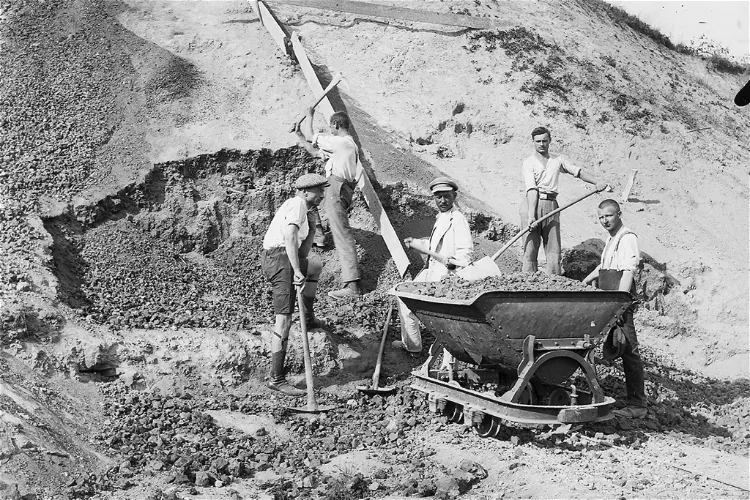
Museum Auberlehaus in Trossingen
TrossingenThe Auberlehaus is a historic building located in Trossingen, which is home to a museum that showcases several significant exhibits. This museum is a testament to the rich history and culture of the region, offering visitors a chance to delve into the past and gain a deeper understanding of the area's heritage.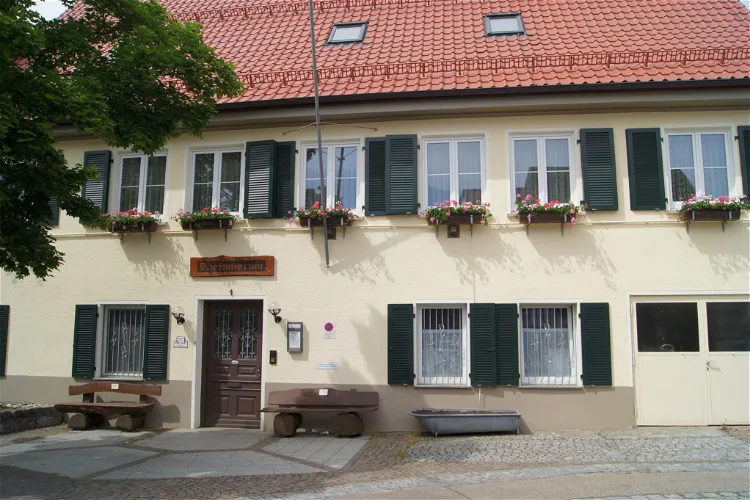
Dorfmuseum Essingen
EssingenThe Dorfmuseum Essingen is a museum dedicated to the village and local history of the Essingen area in the Ostalbkreis in Baden-Württemberg. It provides a comprehensive insight into the historical development and cultural heritage of the region. Visitors can explore various exhibits that depict the life and times of the local community over the centuries.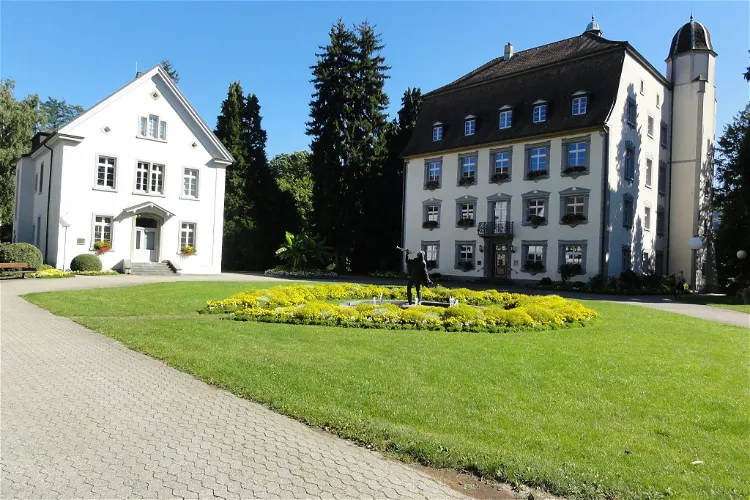
Trompetenmuseum
Bad SäckingenSchloss Schönau, also known as Schönauer Schloss, Schloss Säckingen or Trompeterschlößchen, is a castle located in the spa town of Bad Säckingen in the Waldshut district in Baden-Württemberg. The castle was built from 1600 to 1680 by Hans Kaspar von Schönau and has largely remained intact despite numerous renovations in later years. This historical building offers a glimpse into the architectural style of the 17th century and the changes it underwent over the centuries.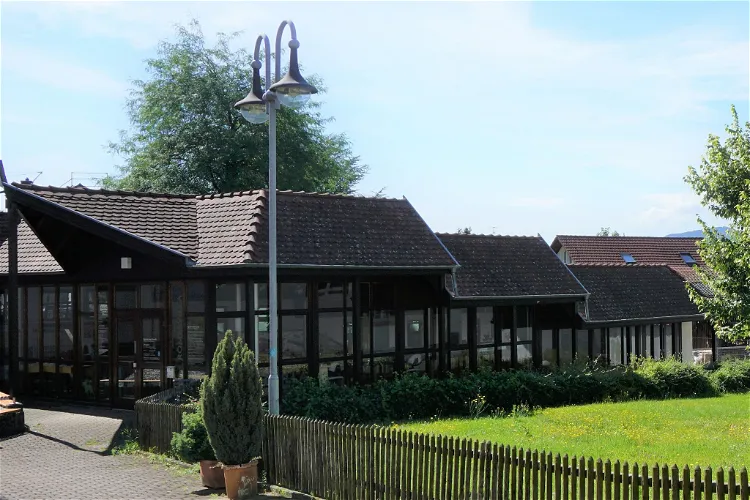
Regionalmuseum Römervilla Grenzach
GrenzachThe Regionalmuseum Römervilla is a Roman museum located in Grenzach-Wyhlen, in the district of Lörrach. The museum is centered around an excavated "villa urbana", a type of Roman city dwelling. This villa is considered one of the most significant Roman-era excavations in the area south of Freiburg im Breisgau.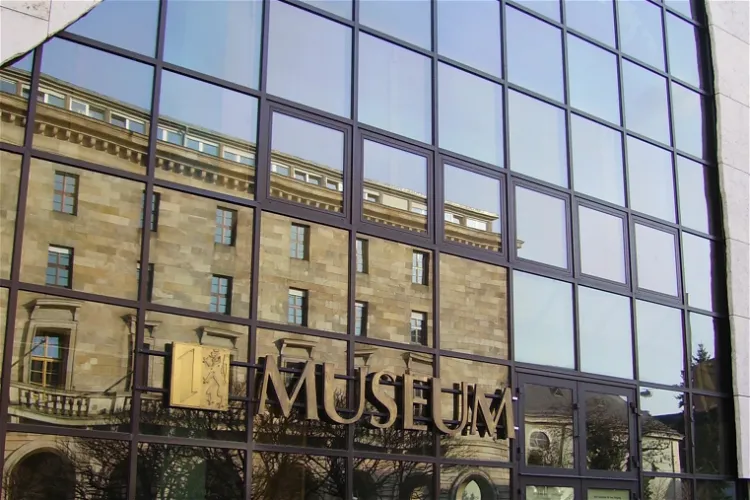
Reiss Engelhorn Museum
MannheimThe Reiss Engelhorn Museum, also known as Reiss-Engelhorn-Museen (rem), is a significant cultural institution located in Mannheim, Germany. The museum boasts an expansive exhibition area of 11,300 square metres and is home to an impressive collection of around 1.2 million objects. This vast collection makes it one of the major museums in the region.
Römermuseum in der Schule
Ehingen (Donau)The Römermuseum in der Schule is a unique museum situated within a primary school in the Rißtissen district of Ehingen, a city in Baden-Württemberg. This small archaeological museum offers a unique insight into the region's past, making it an interesting destination for those interested in history and archaeology.
Archäologisches Landesmuseum
RastattThe Archäologische Landesmuseum Baden-Württemberg (ALM) is a significant institution in the region, tasked with the responsibility of preserving, researching, and presenting archaeological finds from Baden-Württemberg. This museum is one of only two historically oriented museums with a jurisdiction for the entire state of Baden-Württemberg. It offers a unique opportunity for visitors to explore the rich archaeological history of the region.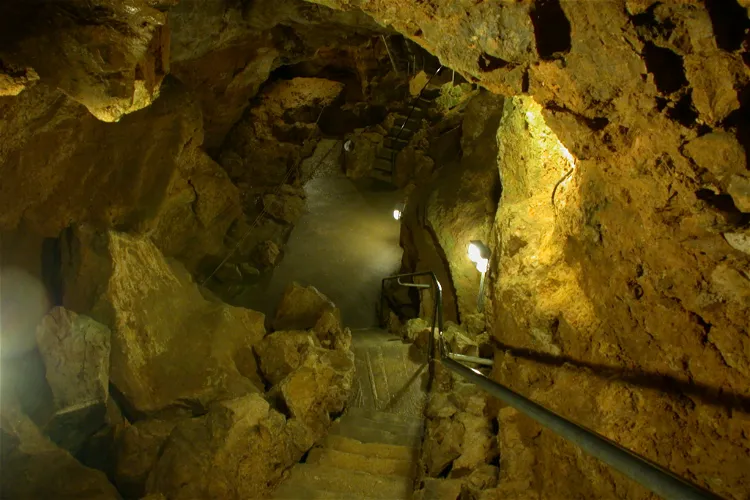
Tiefenhöhle Laichingen
LaichingenThe Laichinger Tiefenhöhle is a unique attraction in Germany, being the only shaft cave in the country that has been developed into a show cave. Visitors can descend up to 55 meters below the earth's surface, making it one of the deepest show caves in Germany. This provides a unique opportunity to explore the underground world and learn about the geological features of the area.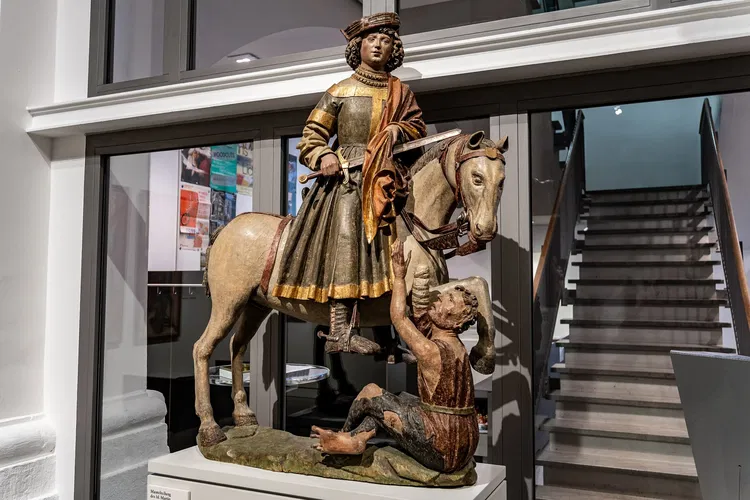
Diözesanmuseum Rottenburg
Rottenburg am NeckarThe Diözesanmuseum Rottenburg, located in Rottenburg am Neckar, holds the distinction of being one of the oldest diocesan museums in Germany. It was established in the year 1862 by Bishop Josef von Lipp. This historical significance adds a layer of depth to the museum's appeal, offering visitors a chance to explore a piece of Germany's rich cultural heritage.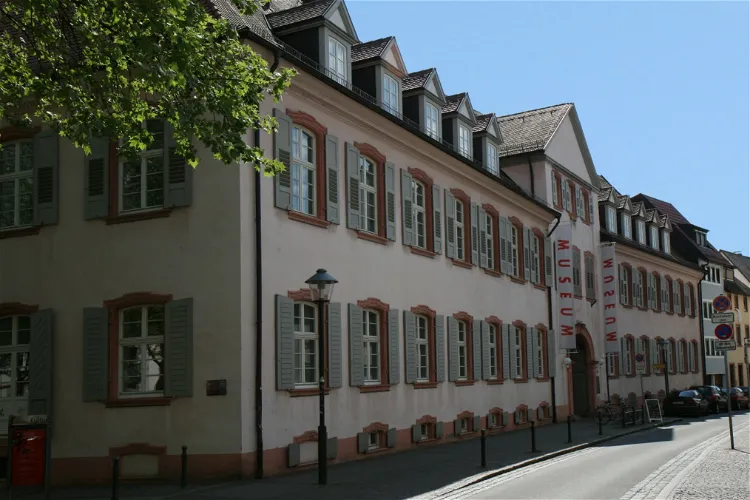
Museum Ritterhaus
OffenburgThe Museum im Ritterhaus, located in Offenburg, Baden-Württemberg, is a historical institution that was inaugurated in 1900. It was originally established by Carl Frowin Mayer as a 'Museum for Natural and Ethnology'. This museum offers a deep dive into the natural and ethnological aspects of the region, making it a fascinating destination for those interested in these fields.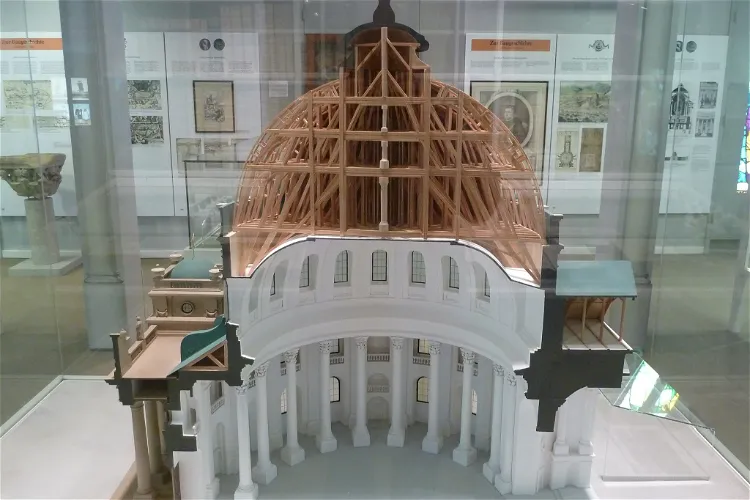
Kreismuseum St. Blasien
St. BlasienThe Kreismuseum St. Blasien is a local museum situated in the town of St. Blasien, in close proximity to the St. Blasien Cathedral. This location offers tourists the opportunity to explore both the museum and the cathedral during their visit, providing a comprehensive cultural experience.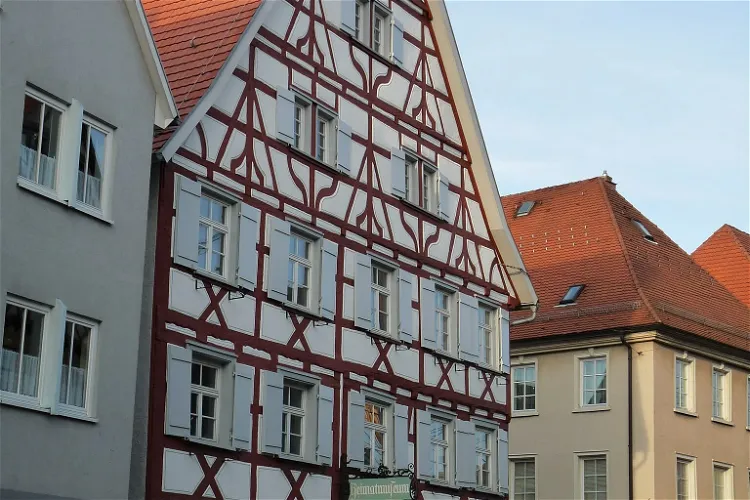
Alte Posthalterei - Stadtmuseum Mengen
MengenThe Thurn- und Taxis’sche Posthalterei, also known as Alte Posthalterei, is a protected monument situated in the heart of Mengen city at the intersection of Hauptstraße and Pfarrstraße. This historic building, dating back to 1702, is a significant part of the city's heritage and offers a glimpse into its past.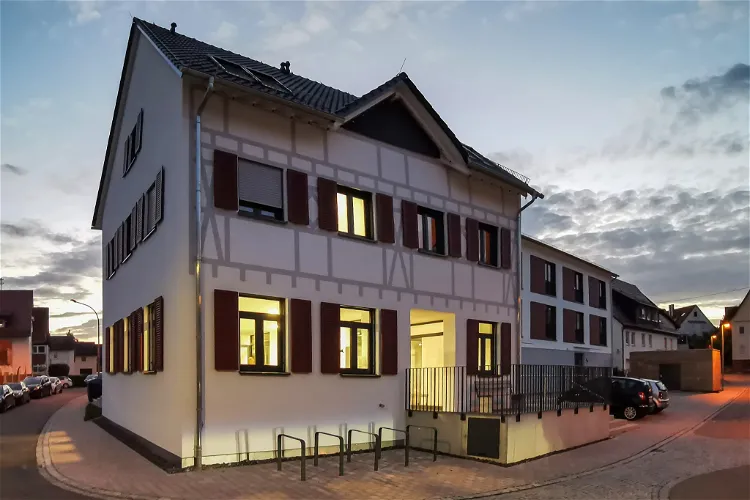
Steinzeitmuseum Korb-Kleinheppach
KorbThe Steinzeitmuseum Korb-Kleinheppach is a museum situated in Kleinheppach, a part of the municipality of Korb in the Rems-Murr district. It is home to one of the most significant private collections of Stone Age artifacts in Baden-Württemberg. The museum's collection is primarily composed of findings from amateur researcher Eugen Reinhard, whose discoveries mostly come from the vicinity of the museum.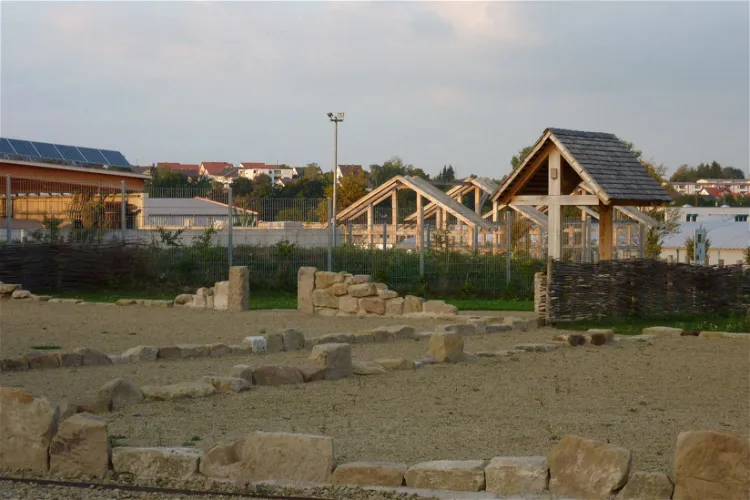
Archäologische Freilichtanlage
GüglingenThe Archaeological Open-Air Museum in Güglingen is dedicated to the exploration of Güglingen's Roman past. The museum provides a unique opportunity to delve into the history of the region during the Roman era, offering a glimpse into the lives of the people who once inhabited the area.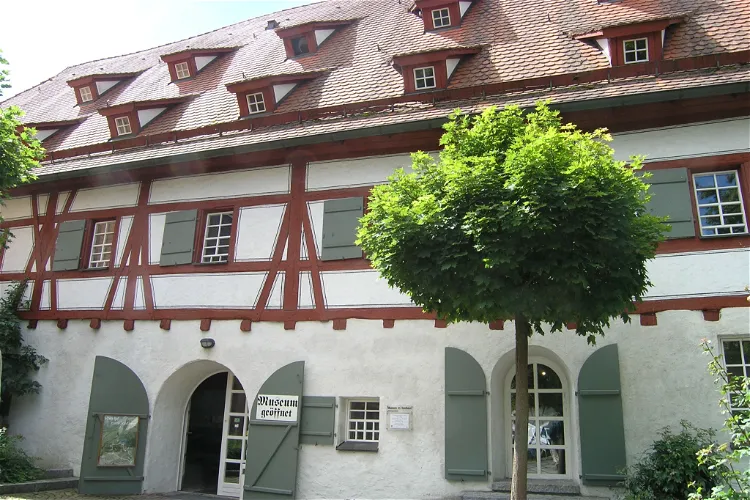
Museum im Seelhaus
BopfingenThe Museum im Seelhaus, located in Bopfingen in the Ostalbkreis, serves as the city's museum. It is home to a variety of archaeological exhibits from the region, providing visitors with a glimpse into the area's rich history. Additionally, the museum features an exhibition dedicated to the history of the city itself, offering a comprehensive overview of Bopfingen's past.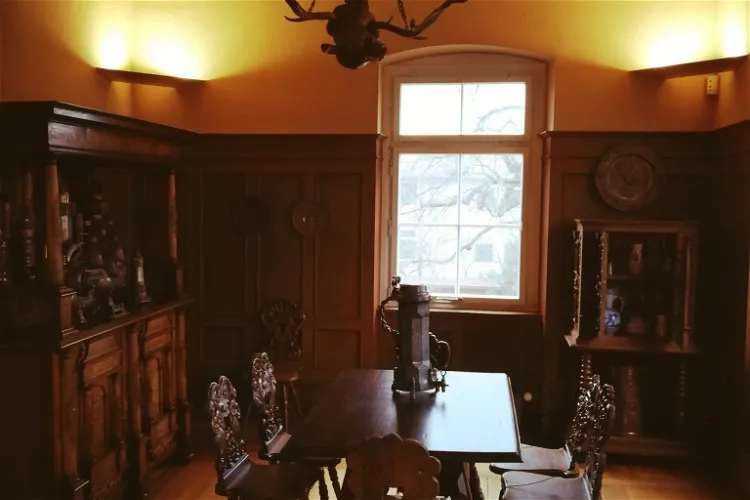
Weygang-Museum Öhringen
ÖhringenThe Weygang-Museum in Öhringen is a city history and folklore museum that houses one of the world's most extensive collections of pewter utensils. This collection was bequeathed to the city by the childless pewter caster and manufacturer August Weygang. The museum offers a unique opportunity to explore the rich history of pewter casting and its significance in the region's cultural heritage.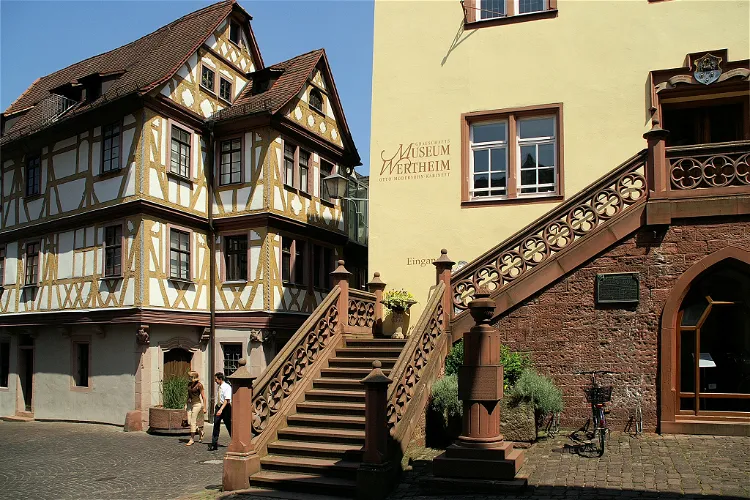
Grafschaftsmuseum Wertheim
WertheimThe Grafschaftsmuseum Wertheim is housed in a complex of buildings dating back to the 16th century. This includes the Old Town Hall, the House of the Four Crowned, and the Blue House, a half-timbered house painted with smalt blue. The museum is conveniently located in the old town of Wertheim, a short distance from the market square, making it easily accessible for visitors.- 53
Bodensee-Obst-Museum
FrickingenThe museum's collection was diverse and related to Lake Constance and its coastal landscapes. It included antiquities and natural history objects of all kinds, such as maps, city plans, pictures and photographs, coats of arms and seals, coins and documents from Lake Constance.